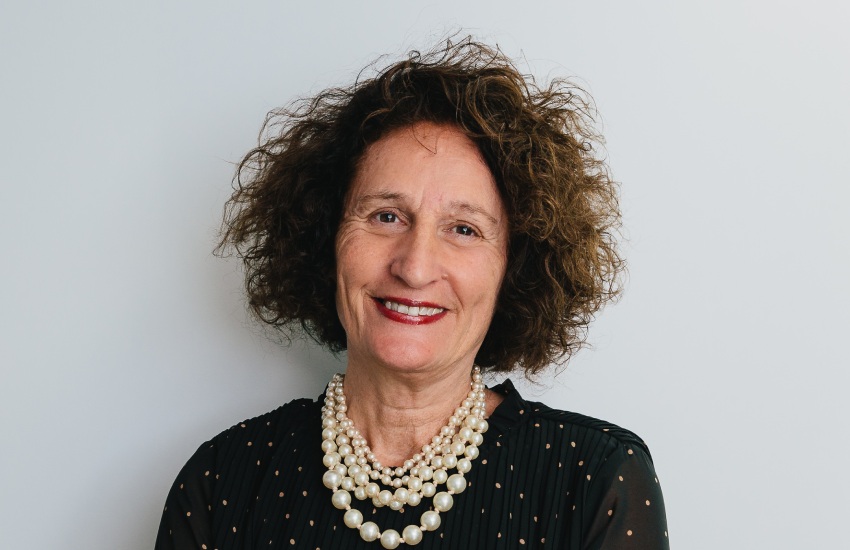When a payment plan involves more than $100,000, there’s nowhere to go.
26 June 2025
New Broker Academy 2025
Uncover a new world of opportunity at the New Broker Academy 2025If you’re ready for a career change and are looking...
KNOW MOREWhen a payment plan involves more than $100,000, there’s nowhere to go.

The ATO’s debt call centre is not equipped to handle amounts of more than $100,000 and bogs down tax professionals in lengthy but pointless calls, said one frustrated lawyer.
Routine verification checks for many who deal with the ATO constantly tie up hours of lawyers and tax agents’ time but lead nowhere when the amount exceeds the threshold.
“I do not believe the ATO call centre is working properly in relation to significant debt,” said Tania Waterhouse, a managing partner at Waterhouse Lawyers.
“Where a taxpayer has a tax debt of over $100,000, the debt call centre does not have authority to enter into a payment plan.
“This is generally because a securitized payment plan is required, or the business’s P and Ls (profits and losses). This cannot be provided over the phone to a call centre operator and nor can documents to substantiate claims be provided.”
She said lawyers and their clients needed lengthy verifications before reaching the point where the amount became an obstacle.
In the case of one recent call, the operator followed a script rather than escalating the call, as requested due to the size of the debt, from the outset.
“I had begun the call by saying, ‘Could you please escalate this? Because I know you don’t have the delegation to authorise a payment plan above $100,000’,” Ms Waterhouse said.
“The call centre operator ignored this and continued to ask me questions about the payment plan.
“And he just would not divert from the script. So the poor client has to pay my fees to waste 30 minutes.”
Ms Waterhouse said the problem was resolved only after she submitted a formal complaint.
She said the practical experience of dealing with the Tax Office ran counter to the message it was trying to stress.
“The ATO is trying to encourage people to engage with the tax office, it’s always been the message,” Ms Waterhouse said.
“I know this from practical experience while I was working there, and since. If you engage with the tax office – you offer to cooperate – they will cooperate. But they are not engaging by having call centre operators following a script.”
She said even if a payment plan was already in place, the ATO required security, generally as real estate, or supporting profit and loss statements.
“If you’ve got a debt of $150,000, say, you have got to repay $75,000 a year. And then you’ve got compounding interest. And you’ve got to have significant profit and loss statements to support your monthly repayment,” Ms Waterhouse said.
“They’re willing to extend the loan period to three to five years if the taxpayer uses their home as security, but that is risking their home.”
The problem persists because there is no alternative facility, such as making an inquiry online, at this level.
“I’ve taken it to the deputy commissioner and they just refuse to change the system. They don’t care that their taxpayers are being charged for wasted time on a telephone call,” Ms Waterhouse said.
“They have got to change their procedures.”
She said a measure of the feeling on the issue was the number who viewed her recent LinkedIn post – almost 3,500.
It also drew 150 views from top-end accounting firms and 93 people from the ATO.

AUTHOR
Philip King is editor of Accountants Daily and SMSF Adviser, the leading sources of news, insight, and educational content for professionals in the accounting and SMSF sectors.
Philip joined the titles in March 2022 and brings extensive experience from a variety of roles at The Australian national broadsheet daily, most recently as motoring editor. His background also takes in spells on diverse consumer and trade magazines.
You can email Philip on:
Comments will undergo moderation before they get published.
Uncover a new world of opportunity at the New Broker Academy 2025If you’re ready for a career change and are looking...
KNOW MOREGet breaking news
 Login
Login
